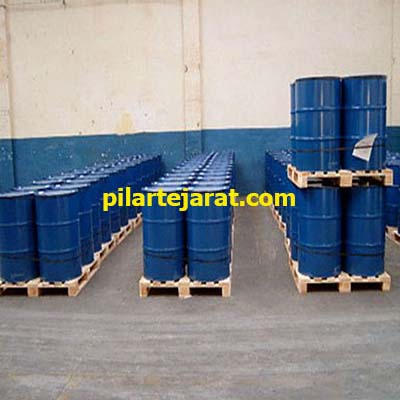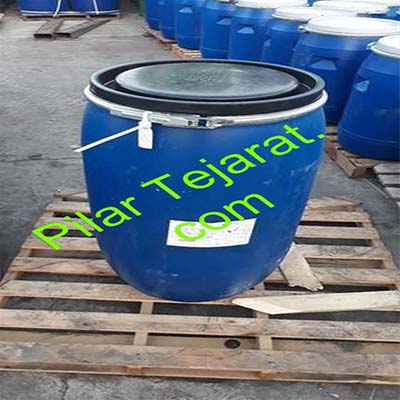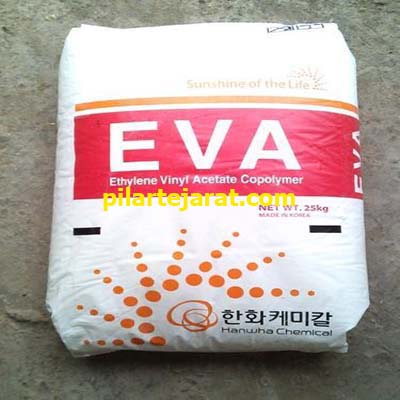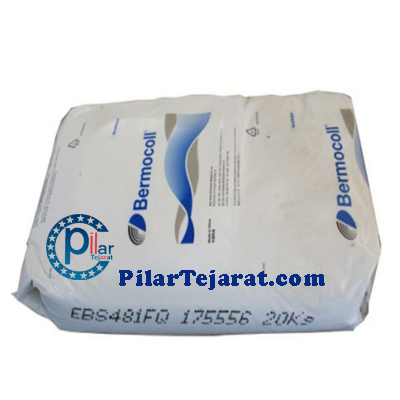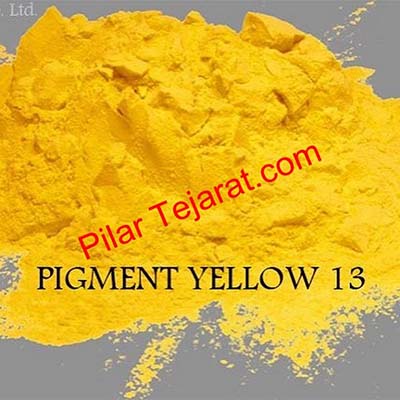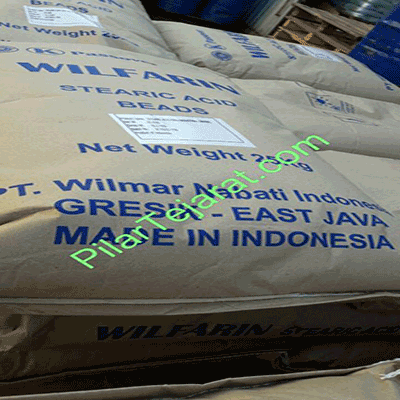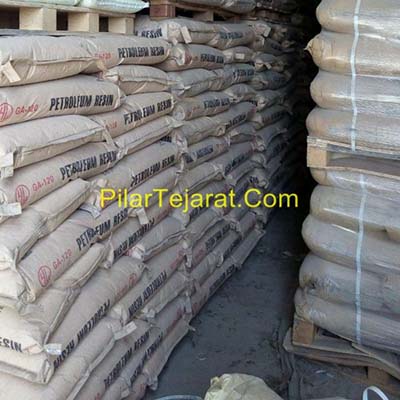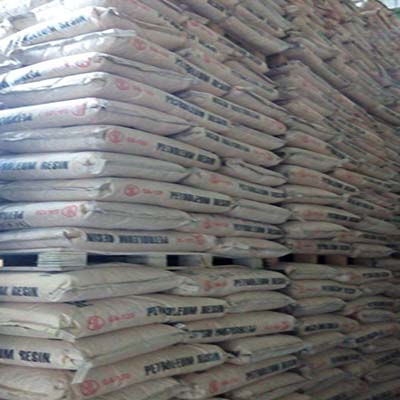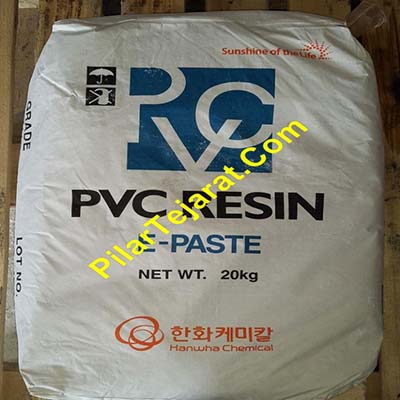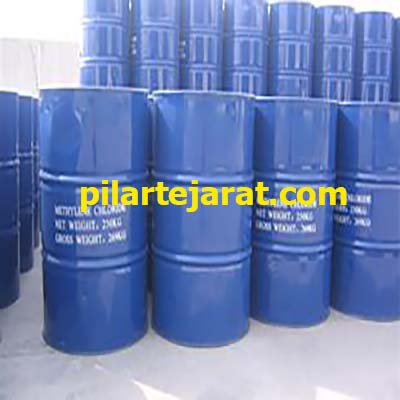Texapon, scientifically known as sodium lauryl ether sulfate, is a yellowish-white paste with a mild odor. It is relatively soluble in water and oil solvents and has a low concentration and low viscosity when diluted in water.
What is Texapon ?
this material is an anionic surfactant from the alkyl ether sulfate family, which is formed by combining a fatty alcohol such as coconut oil with ethylene oxide and subsequent sulfonation. Other names known to this substance include Texapon, Sodium Loril Sulfate, Sodium Dodecyl Sulfate, Sodium Dog Kano Sulfate.
Types of Texapon ?
There are two types of this material, simple Texapon (or N70), which is used to make clear detergents, and Texapon Shell, which is used to produce detergents that are glossy and opaque, such as soaps and shampoos for washing the head and body.
Features and properties ?
this material is an emulsifier, foaming agent (light and not thick foam), puffer and accelerator of dissolution. This substance is easily dissolved in hard and ordinary water in any proportion with a lot of foam and disappears in the presence of fats.
detriment Texapon ?
After contact with the skin, it breaks down the skin’s moisture protection and allows other chemicals to easily penetrate under the skin. For example, when it comes in contact with sensitive skin for twenty to thirty minutes, it causes itchy skin, which is caused by the destruction of the outer layer of the skin. It also has detrimental effects on the eyes, for example, prolonging the repair time of corneal tissue.
Application of Texapon ?
this material is a cosmetic, pharmaceutical raw material and is used in most industrial cleaners, commercial head and body detergents, including soaps, shampoos, toothpastes, creams, lotions, etc.











